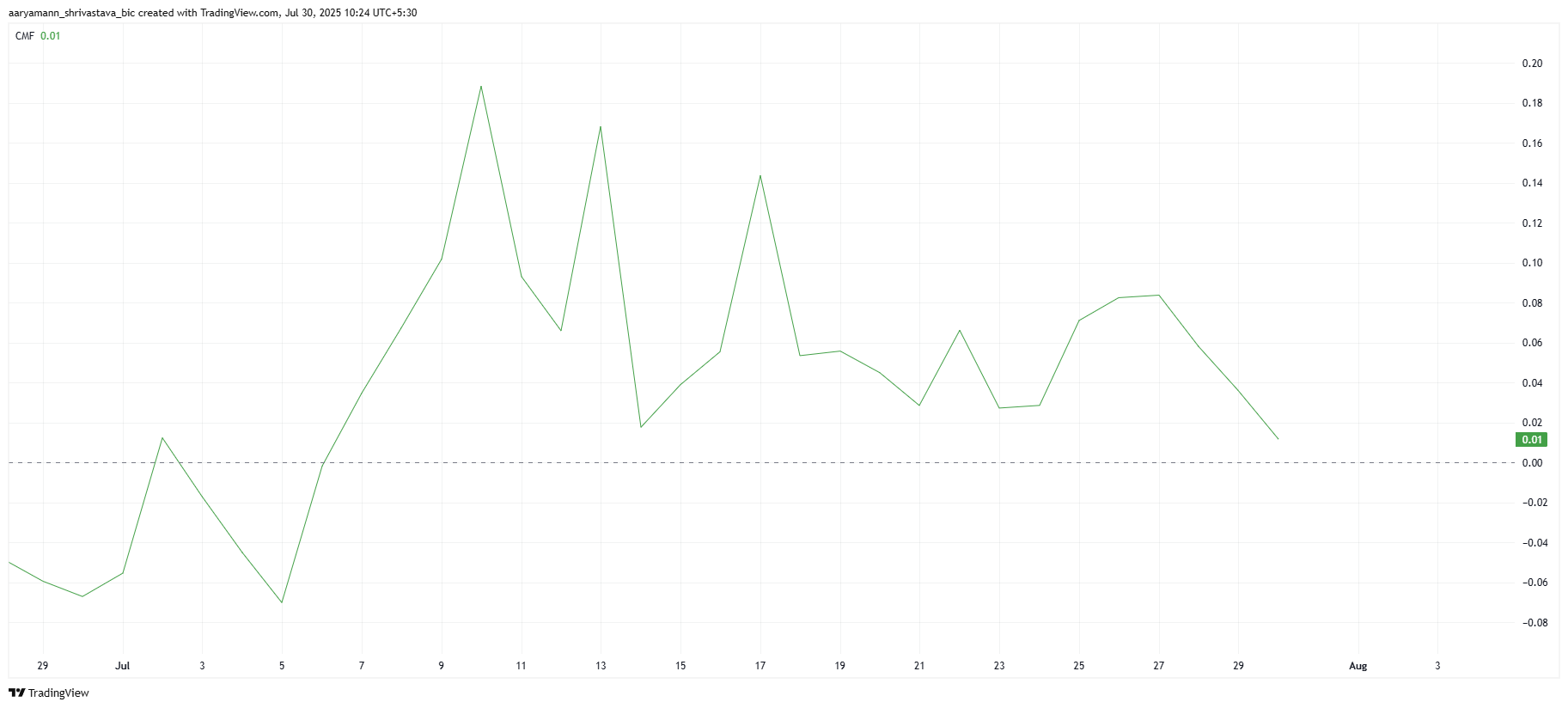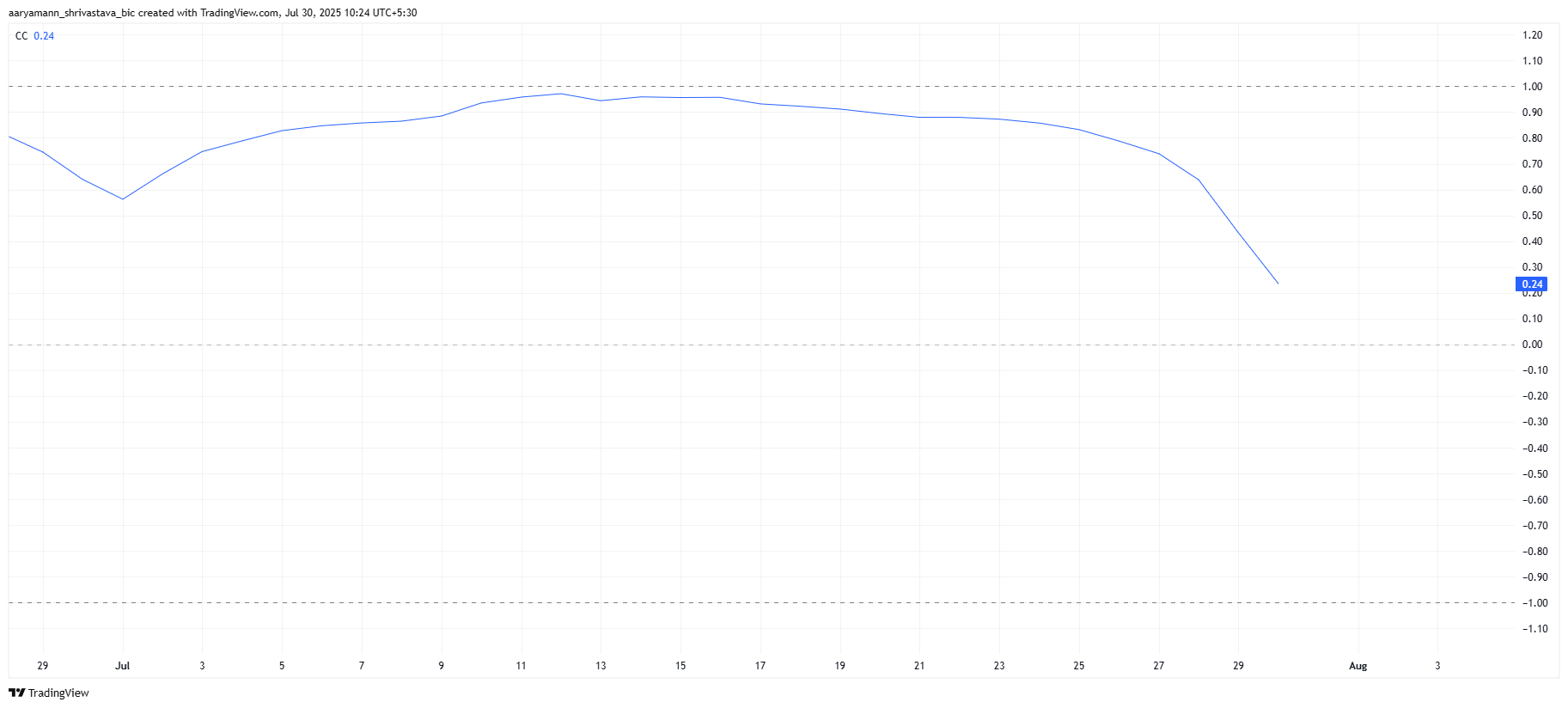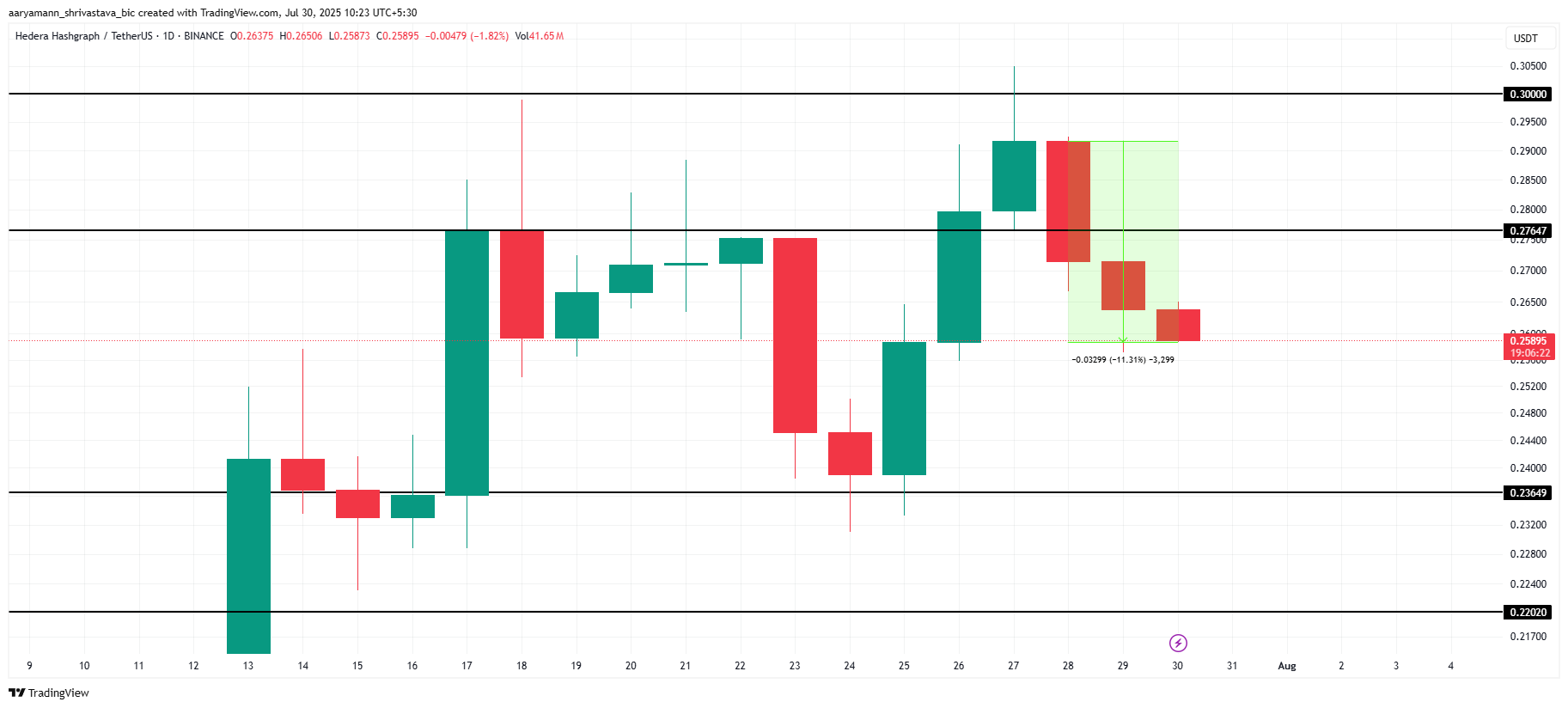
The post Is XRP The Bitcoin For Banks? appeared first on Coinpedia Fintech News
Over the years, Ripple and its native token XRP have weathered waves of skepticism, controversy, and legal battles. But as 2025 unfolds, a growing number of experts, financial insiders, and crypto enthusiasts are beginning to ask a serious question: Is XRP becoming the “Bitcoin for banks” — the foundational digital asset for the future of global finance?
For many in the crypto space, Ripple has long been a polarizing topic. Critics often cite the events of 2017, when a flood of misinformation painted Ripple as centralized, overly corporate, and anti-crypto. Allegations of excessive control, fears of XRP being pre-mined, and speculation about its status as a security fueled skepticism that lingers with some investors even today.
But many of those narratives have since been debunked or disproven. XRP isn’t endlessly minted, it’s being burned with every transaction, and Ripple has established real-world partnerships with dozens of governments, central banks, and financial institutions.
A Shift in Institutional Sentiment
In addition to its institutional partnerships, XRP has also caught the attention of investment firms and market regulators. In a recent crypto market update, it was revealed that over 17 different XRP-based investment products are currently awaiting regulatory approval — an indicator of growing institutional interest.
Meanwhile, financial powerhouses like BlackRock and tokenization-focused platforms such as Ono Finance are working alongside Ripple to build tokenized versions of traditional securities and other real-world assets. This collaborative momentum highlights how tokenization is poised to reshape not just crypto, but the broader financial markets.
Could XRP Really Become the Financial Base Layer for Banks?
Industry insiders and former U.S. financial officials have publicly entertained the possibility of XRP being used as the base layer for the U.S. national banking system or as part of a CBDC initiative. While official decisions are yet to be made, the discussion itself marks a shift from the hostility Ripple once faced.
The Bank for International Settlements (BIS) — often described as the “central bank of central banks” — has already collaborated with Ripple on CBDC projects and instant settlement solutions, signaling the token’s viability on a global scale.





 BNB (@cz_binance)
BNB (@cz_binance) 


